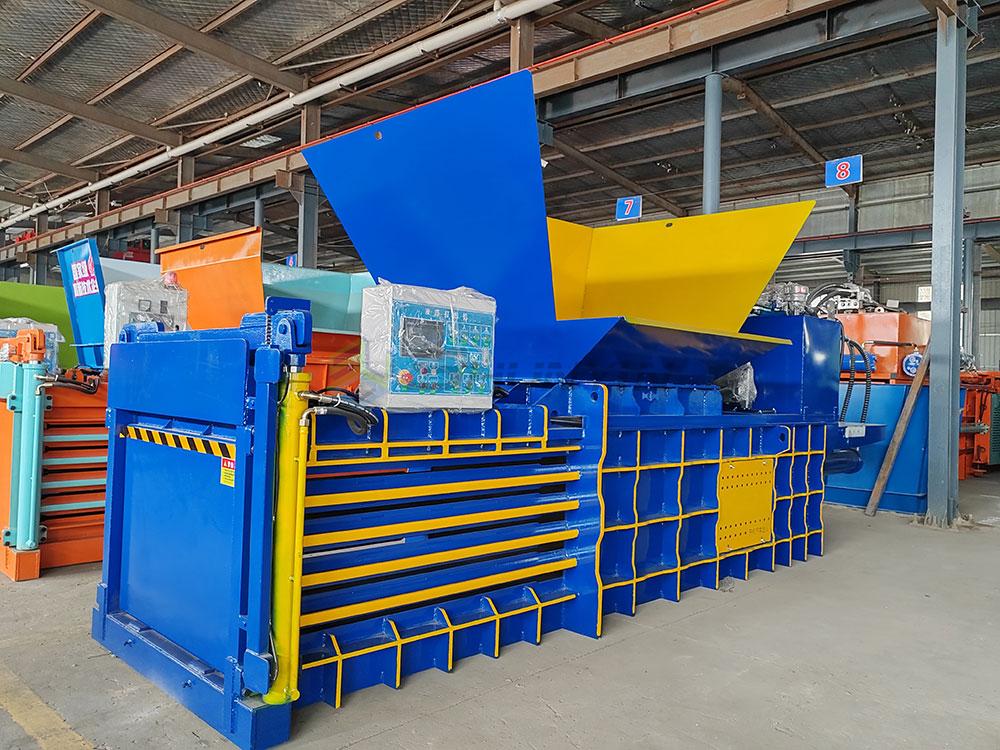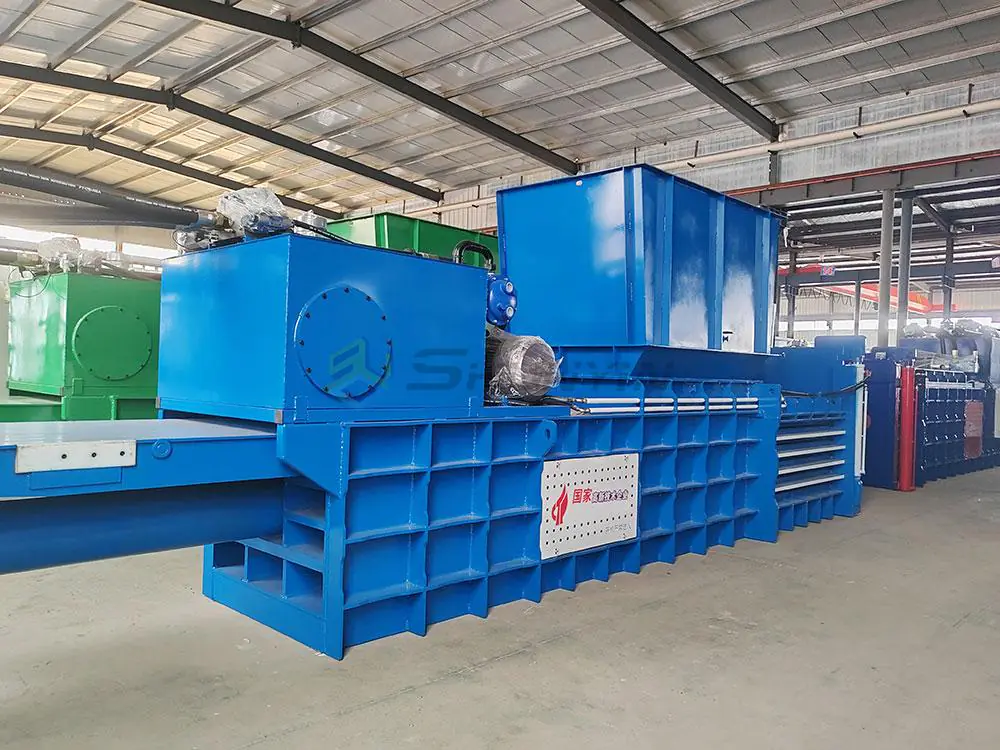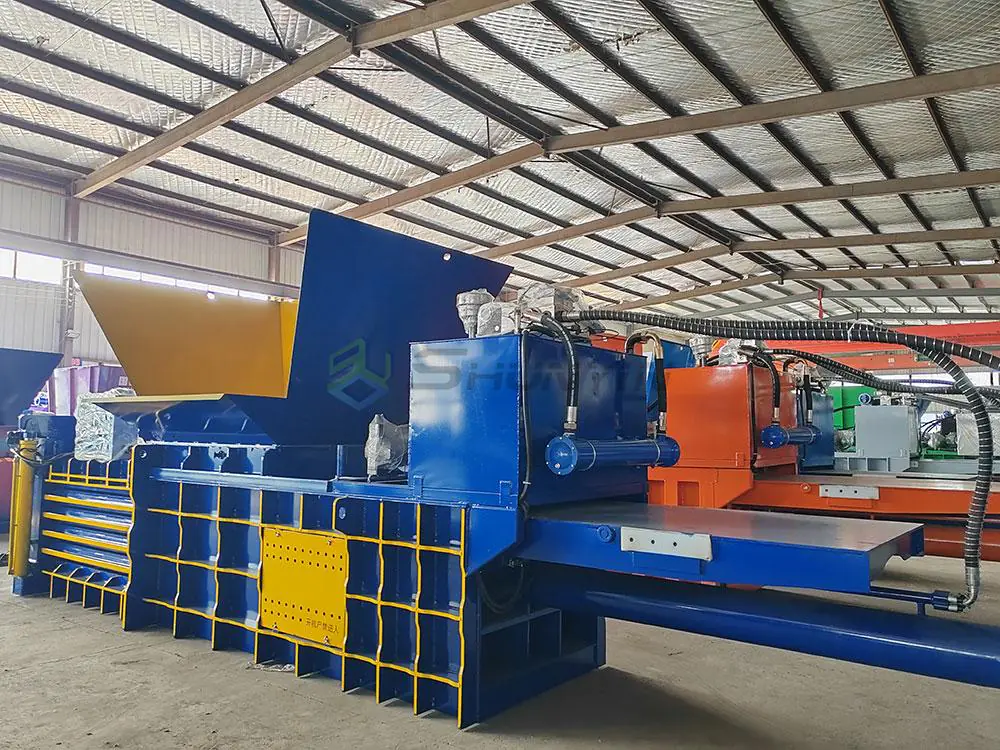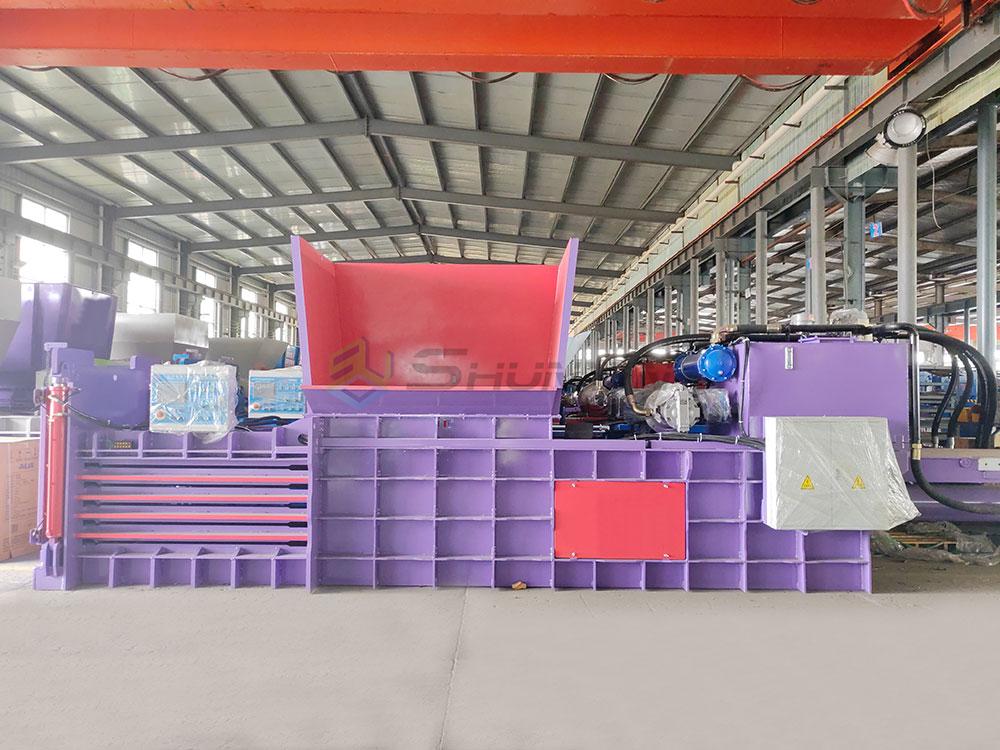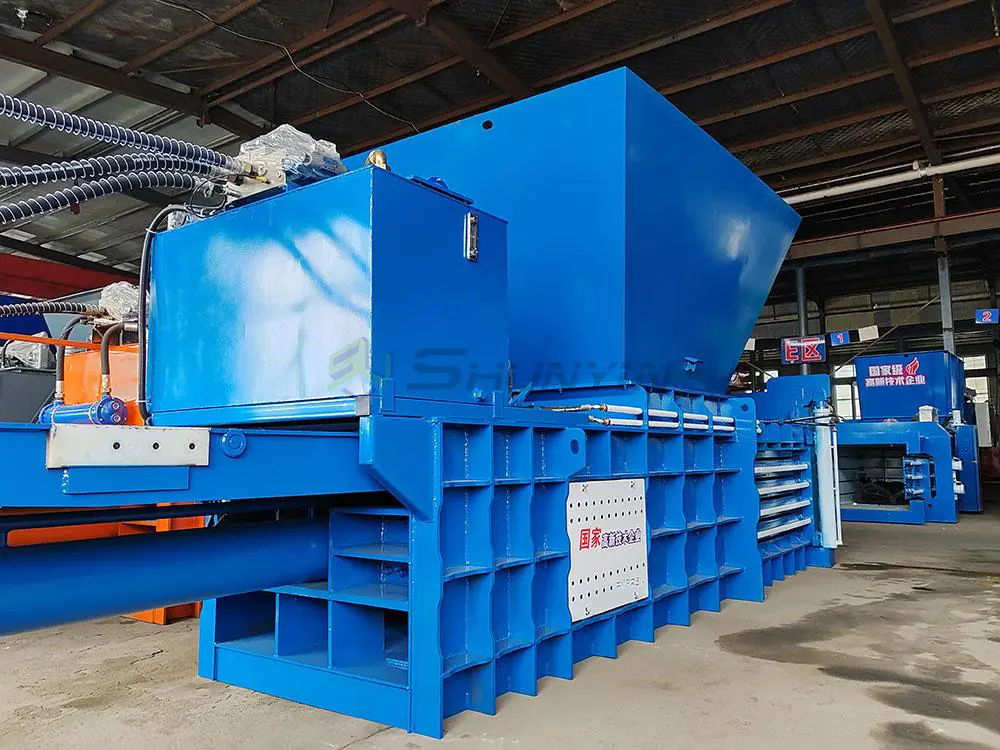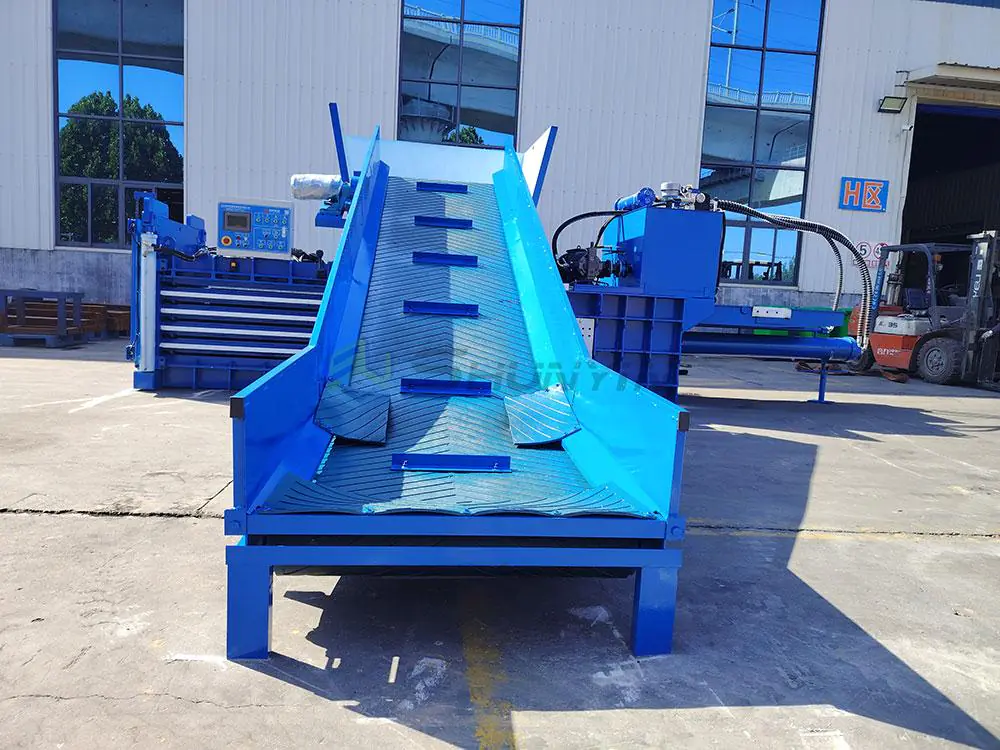Overwhelmed by compaction choices? Sprawling equipment eating profits? The right baler optimizes both space and revenue instantly.
Vertical balers excel in tight spaces with lower upfront costs while horizontal models dominate high-volume processing – choice hinges on facility layout, material type, and targeted throughput to maximize returns on recyclable bales.

Lambert tripled throughput after our warehouse assessment revealed his vertical baler bottleneck. Discover your profit solution.
What is the difference between vertical and horizontal balers?
Sacrificing space for speed? Tokyo recyclers gained both using our layout analysis service.
Vertical balers1 load downwards through top openings (saving 60-70% floor space) while horizontal units feed materials sideways through tunnels (processing 3-5x faster) – fundamentally differing in operation flow, footprint, and labor requirements.
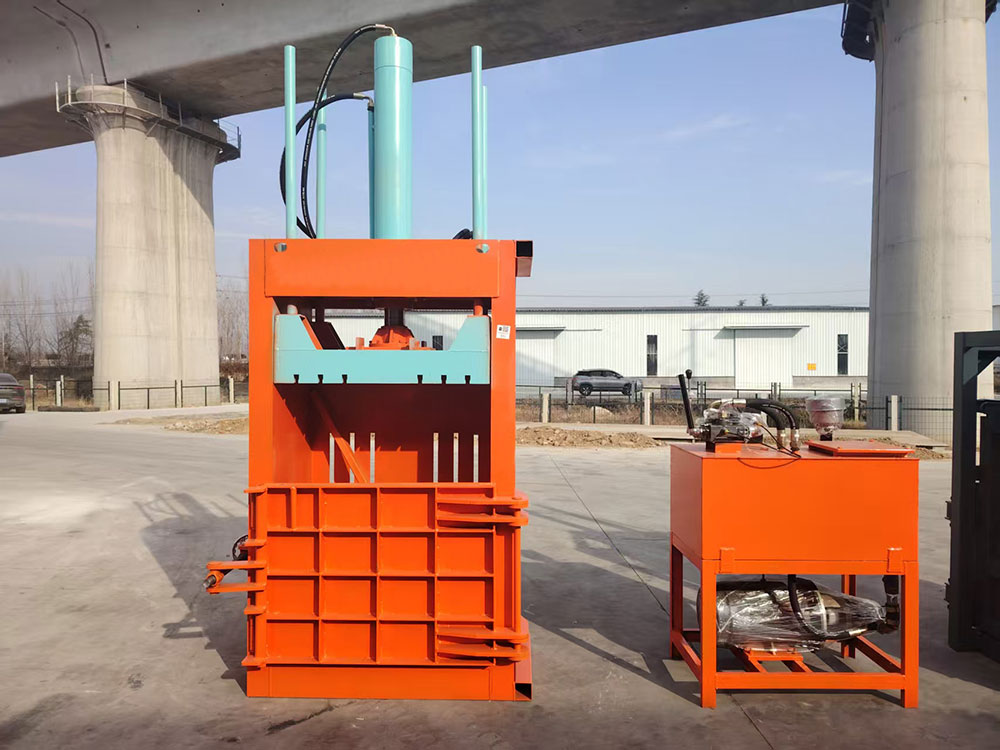
Strategic layout advantages
After 200+ installations, I’ve seen facilities transform overnight with proper placement.
Capacity-to-space tradeoffs
| Feature | Vertical Balers | Horizontal Balers | Ideal Application |
|---|---|---|---|
| Floor area | 9-15 ft² | 22-40 ft² | Compact spaces |
| Daily output | 2-8 tons | 15-35 tons | Distribution centers |
| Operation zones | Minimal clearance | Dedicated tunnel space | High-volume sites |
| Loading method | Manual top-drop | Conveyor feed | Continuous processing |
Lambert achieved 80% space reduction2 vertically. Get free facility scan
Labor efficiency breakdown
- Vertical: Requires operator per cycle
- Horizontal: Automated batch processing
- Hybrid solution: Semi-auto horizontal systems
Our SY Series reduces staffing needs. Watch labor comparison
Which is the best baler?
Drowning in conflicting opinions? Singapore recyclers boosted margins 40% after our ROI audit3.
The optimal baler matches material type, daily volume, and facility constraints – horizontal systems deliver highest ROI above 5 tons/day, while vertical balers provide faster payback under 3 tons/day in space-restricted sites.

Reality-driven selection framework
Canadian clients avoided costly mistakes with our matchmaking system.
Decision matrix by operation scale
| Facility Type | Daily Volume | Baler Recommendation | Payback Period |
|---|---|---|---|
| Small shop | <2 tons | Vertical | 6-8 months |
| Medium warehouse | 2-10 tons | Semi-horizontal | 9-12 months |
| Recycling center | 10-25 tons | Full-horizontal | 12-18 months |
| Industrial plant | 25+ tons | Dual-ram horizontal | 18-24 months |
Lambert saved $32K annually upgrading timely. Calculate your payback
Avoid these common pitfalls
- Overbuying capacity: Idle capital
- Underspec hydraulics: Premature wear
- Ignoring growth: Forced re-investment
Our lifecycle planning prevents regrets. Get growth projection
What is the best baler for plastic?
Frustrated by low-density bales? Japanese converters increased polymer recovery 30% overnight.
Heated-platen horizontal balers using progressive compression cycles deliver optimal plastic density4 – specialized units like our SY-PET150 achieve 10:1 reduction for film, bottles, and foam while preventing material degradation.

Material-specific engineering
Singapore facilities eliminated 90% contamination issues after retooling.
Plastic-type optimization guide
| Plastic Form | Recommended Baler | Force Required | Special Features |
|---|---|---|---|
| PET bottles | Heated horizontal | 80-120 tons | Slow compression |
| LDPE film | Low-pressure vertical | 35-55 tons | Anti-static coating |
| HDPE scraps | Tunnel horizontal | 95-140 tons | High compression |
| Foam waste | Loose-fill system | 60-75 tons | Dual-pressure sequencing |
North American recyclers gained premium pricing. Request material test
Plastic processing essentials
- Temperature control: Prevents melting
- De-aeration systems: Eliminates air pockets
- Anti-cling additives: Reduces jam rates
Our PET series includes all three. View specs
What is a horizontal baler?
Limited by manual processing? Lambert automated 70% of operations with one machine.
Horizontal balers compact recyclables into transport-ready blocks through hydraulic rams moving horizontally within tunnel chambers – enabling continuous processing, higher throughput, and automated bale handling ideal for 5+ ton/day operations.
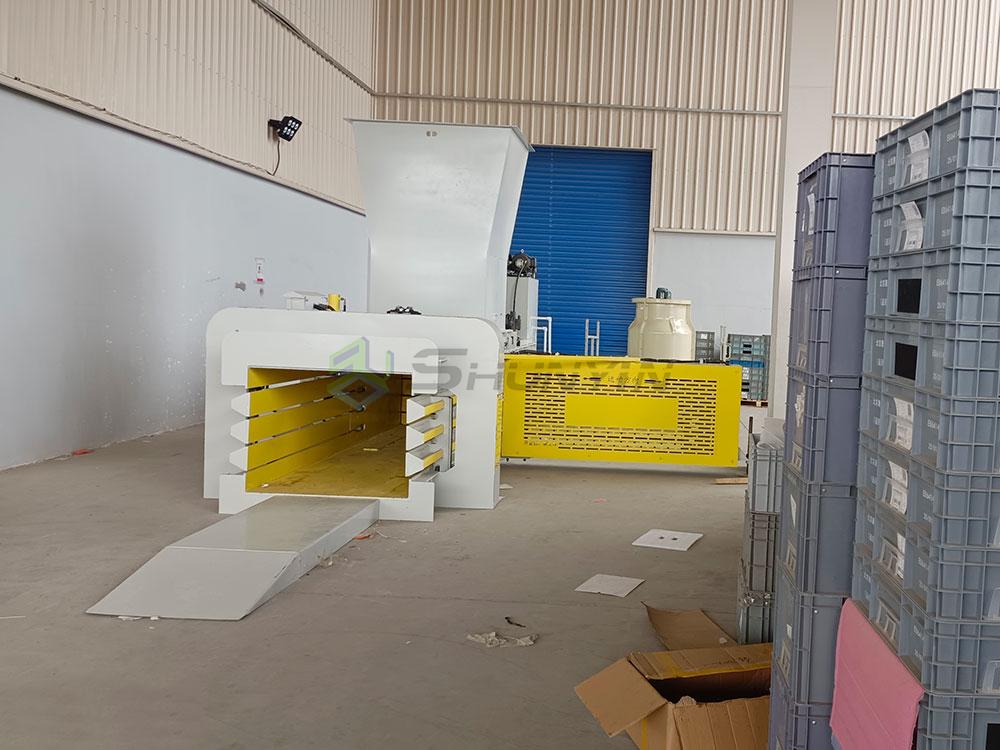
Industrial productivity blueprint
Tokyo sites cut truckloads by 65% after implementing tunnel systems.
Component performance matrix
| System Part | Failure Rate | Maintenance Cost | SYBALING Advantage |
|---|---|---|---|
| Main cylinder | 1 in 8,000 hrs | $450/year | Triple-sealed |
| Control system | 1 in 12,000 hrs | $320/year | Waterproof PLC |
| Cutting blades | 1 in 3,000 hrs | $560/year | Carbide-tipped |
| Hydraulic fluid | Annual change | $380/year | Synthetic lifespan |
Lambert eliminated unplanned downtime completely. See reliability stats
Why operators prefer horizontals
- Continuous feeding via conveyors
- Automated tying reduces labor
- Higher bale density increases value
- Progressive compression optimizes cycles
Experience 23% faster cycles today. Book demo
Conclusion
Choose vertical balers for space efficiency in low-volume sites, but embrace horizontal systems for throughput and automation that maximize recycling profits in growing facilities.
-
Explore how vertical balers can optimize space and reduce costs in recycling operations. ↩
-
See how vertical balers can significantly reduce floor space in your facility. ↩
-
Learn how an ROI audit can help improve your recycling margins and efficiency. ↩
-
Discover how specialized balers can enhance the density of plastic bales. ↩


